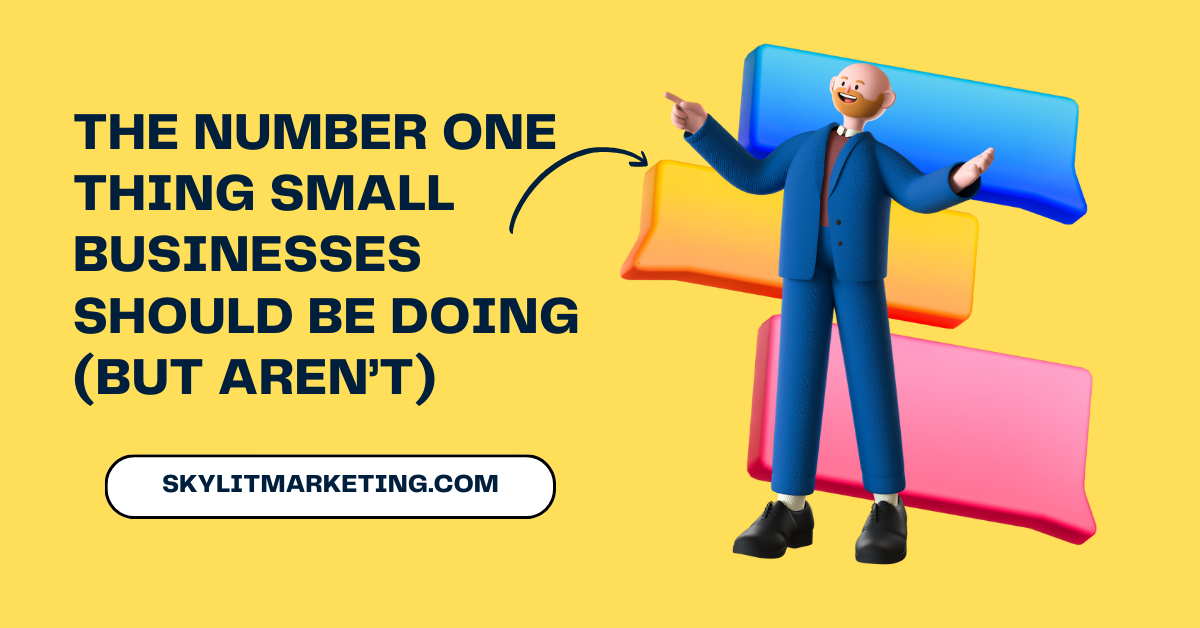Personalization has become a game-changer for small businesses looking to build strong customer relationships. In a world filled with generic marketing messages, tailoring your approach to fit individual customers’ needs can set you apart. So, what’s next? The future of personalization for small businesses looks promising, and understanding this evolution can help you stay ahead in the competitive market.
Table of Contents
Understanding Personalization
Implementing Personalization Strategies
Challenges Small Businesses May Face
Tools to Enhance Personalization
Conclusion
Understanding Personalization
Personalization refers to the practice of customizing experiences, communications, and offerings to meet the unique preferences of each customer. This can include everything from personalized email campaigns to tailored product recommendations. By understanding your customers’ behaviors, preferences, and needs, you can create a shopping experience that feels unique to everyone.
Key aspects of personalization include:
Recognizing customer preferences
Using data to make informed decisions
Creating targeted marketing strategies
Trends Shaping the Future of Personalization
As technology evolves, so does personalization. Here are some emerging trends that small businesses should pay attention to:
Data-Driven Insights: Leveraging customer data will be crucial. Small businesses can use tools like Google Analytics to gather insights about their visitors, helping to create targeted marketing strategies.
AI and Machine Learning: The use of artificial intelligence (AI) is on the rise. Tools that analyze consumer behavior can provide instant recommendations, improving the customer experience.
Omnichannel Experiences: Customers expect a seamless experience across multiple platforms. Small businesses should aim to provide consistent messaging whether on social media, email, or in-store.
Interactive Content: Engaging content such as quizzes, polls, and interactive videos can attract customers and collect essential data for personalized offerings.
Implementing Personalization Strategies
Creating an effective personalization strategy doesn’t have to be overwhelming. Here are some practical steps small businesses can take:
Collect Customer Data: Start by gathering data through forms, surveys, and feedback. This information can help you understand what your customers value.
Segment Your Audience: Based on the data collected, segment your audience into groups with similar preferences. This will allow for more targeted messaging.
Tailor Communication: Use the data and segmentation to send personalized emails, targeted ads, and customized product recommendations.
Use Social Media Analytics: Analyze performance metrics to determine the types of content your audience engages with most frequently, then tailor your social media marketing accordingly.
Test and Optimize: Regularly test your personalization strategies. Monitor the results and adjust as necessary to improve engagement and conversion rates.
Challenges Small Businesses May Face
While personalization offers numerous benefits, small businesses may encounter several challenges:
Limited Resources: Small businesses often operate with tighter budgets and fewer employees. Finding cost-effective personalization solutions is essential.
Data Privacy Concerns: As regulations surrounding consumer data become more stringent, small businesses need to implement practices that protect customer information while still leveraging data for personalization.
Keeping Up with Technology: Rapid technological advancements can make it hard to stay informed about the best tools and strategies for personalization.
Tools to Enhance Personalization
To navigate the path toward better personalization, small businesses can utilize various tools:
Email Marketing Platforms: Tools like Mailchimp or Constant Contact allow for easy segmentation and personalized email campaigns.
CRM Software: Customer Relationship Management (CRM) systems, such as HubSpot or Salesforce, can help track customer interactions and manage data effectively.
Analytics Tools: Google Analytics and similar platforms provide insights into customer behavior that can inform your personalization strategies.
Social Media Management Tools: Platforms like Hootsuite or Buffer can help schedule posts, monitor engagement, and analyze audience behavior across various channels.
Conclusion
The future of personalization for small businesses is bright, with numerous opportunities to connect with customers in meaningful ways. By leveraging data to create tailored experiences, embracing technology, and staying aware of customer preferences, small businesses can stand out from the competition.
Embrace these insights and strategies, and watch your business thrive in this personalized landscape. What’s next for you in your personalization journey? Engage with your audience today and let them know how much you care about their individual needs.




